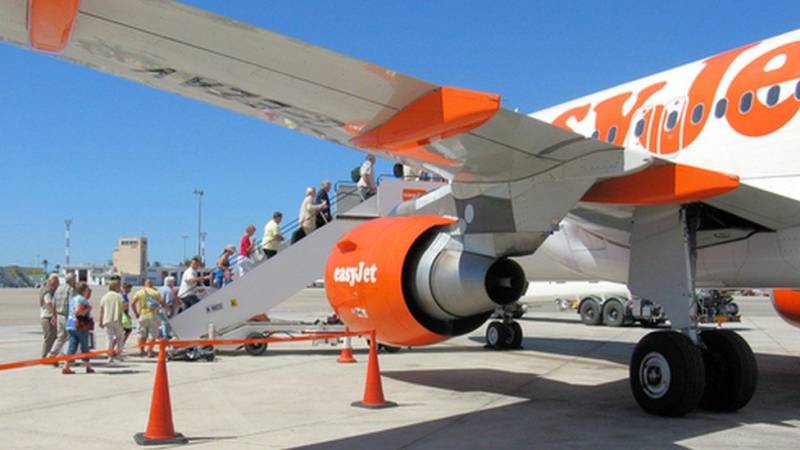Jet engines are basically machines that suck in air, squeeze it, mix it with fuel, burn it, and then blast it out the back. This creates a lot of thrusts, which pushes the plane forward. Now, you may have noticed that the air gets thinner and colder as you go higher up in the sky. This means that there is less oxygen available for the fuel to burn. You may think that this is a problem for jet engines because they need oxygen to make fire. And you would be right if jet engines were simple devices like candles or matches.
But jet engines are not simple devices.
They are very clever and sophisticated machines that can adapt to different conditions. They have a special part called a compressor, which is like a fan that spins very fast and squeezes the air before it enters the combustion chamber where the fuel is burned. This increases the pressure and temperature of the air, making it more dense and rich in oxygen.
The compressor is powered by another part called a turbine, which is like another fan that spins very fast and extracts some of the energy from the hot exhaust gas that comes out of the combustion chamber. The turbine and the compressor are connected by a shaft, so they spin at the same speed. By adjusting the speed of the compressor and the turbine, jet engines can control how much air they take in and how much pressure they create. This way, they can maintain a constant ratio of fuel to air, regardless of the altitude or speed of the plane. This is called the fuel-air equivalence ratio, and it is very important for efficient and stable combustion.
Jet engines keep running above 10,000 meters or more by compressing the air they breathe and making it more oxygen-rich. They also reduce their power output as they go higher up because they don't need as much thrust to overcome the lower air resistance.




